How to Build a Cabin
- July 6, 2023
- 0 comment
Imagine waking up to the sound of birds chirping, surrounded by the beauty of nature, and sipping your morning coffee on the porch of your very own cabin. Building a cabin is an exciting and fulfilling project that allows you to create a tranquil retreat where you can escape from the chaos of everyday life. In this guide, we will walk you through the process of building your dream cabin, from planning and site selection to the final touches. So grab a pen and paper, and let’s get started!
Plan and Design
Before you embark on your cabin-building journey, it’s essential to start with a solid plan. Consider the purpose of your cabin, the size, layout, and style that suits your needs and preferences. Decide whether you want a rustic log cabin, a modern retreat, or something in between. Research different architectural styles and gather inspiration to help you develop your cabin’s design.
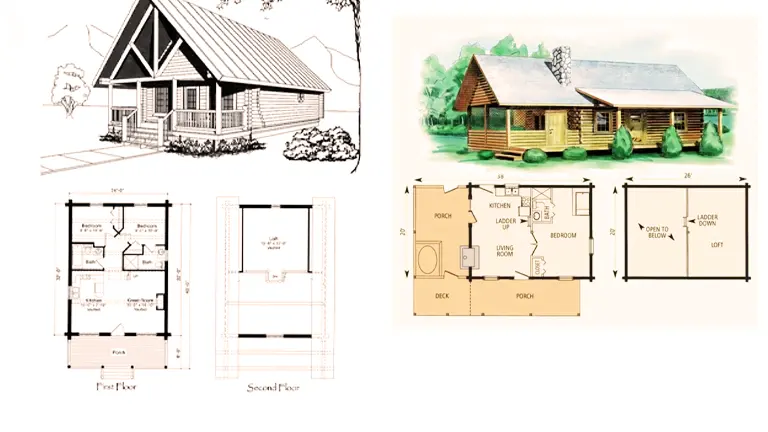
Budget and Materials
Establishing a realistic budget is crucial for a successful cabin-building project. Consider the cost of land, permits, materials, and labor if you plan to hire professionals. Research local building codes and regulations to ensure compliance. Make a list of necessary materials, such as lumber, windows, doors, roofing, insulation, plumbing, and electrical components. Shop around for the best prices and quality to optimize your budget.
Choose a Suitable Location
Selecting the right location for your cabin is paramount. Factors to consider include proximity to amenities, accessibility, views, and environmental considerations. Evaluate the terrain, soil conditions, and potential challenges, such as flood zones or steep slopes. Take advantage of the natural surroundings, whether it’s a breathtaking mountain view or a serene lakeside spot.
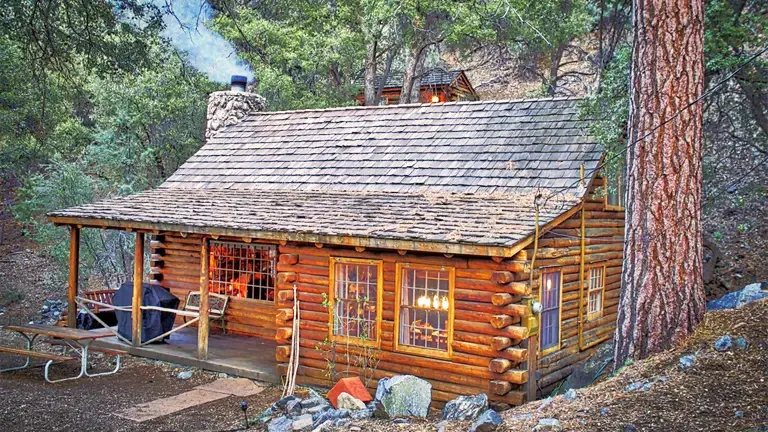
Foundation and Site Preparation
Prepare the site by clearing any vegetation, leveling the ground, and determining the location of your foundation. Common foundation types include concrete slabs, pier-and-beam, or crawl spaces. Consult with professionals or experienced builders to ensure your foundation is stable and appropriate for the terrain.
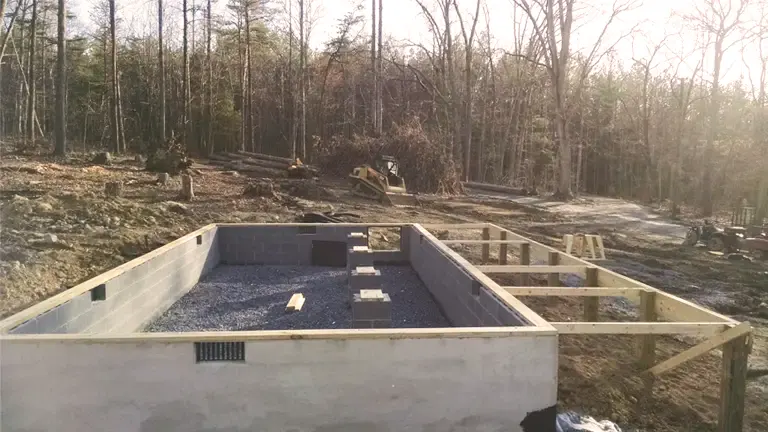
Framing and Structural Work
Once the foundation is in place, it’s time to start building the framework of your cabin. Begin with the walls, floor, and roof framing, following your chosen design and architectural plans. Ensure precise measurements, use quality materials, and pay attention to structural integrity. Seek guidance from experienced builders or consider hiring professionals for this stage to ensure accuracy and safety.
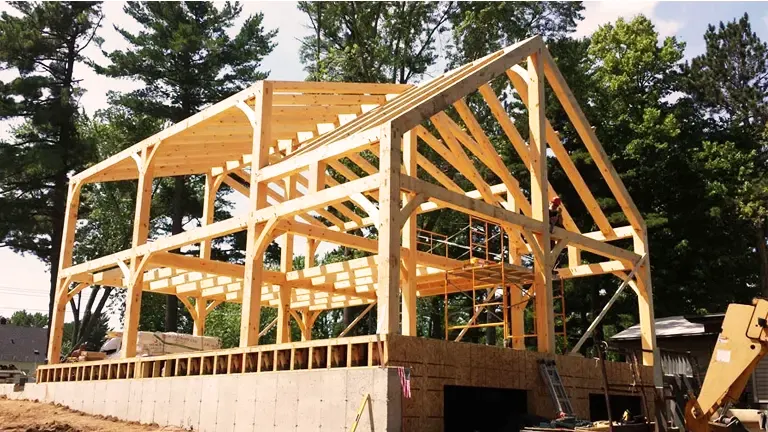
Exterior and Interior Finishes
With the structural work complete, focus on the exterior finishes such as siding, roofing, doors, and windows. Choose materials that suit your desired aesthetic while considering durability and weather resistance. Install insulation to ensure a comfortable living space and energy efficiency. Move on to the interior finishes, including walls, flooring, ceilings, and cabinetry. Pay attention to plumbing and electrical installations, seeking professional help if needed.
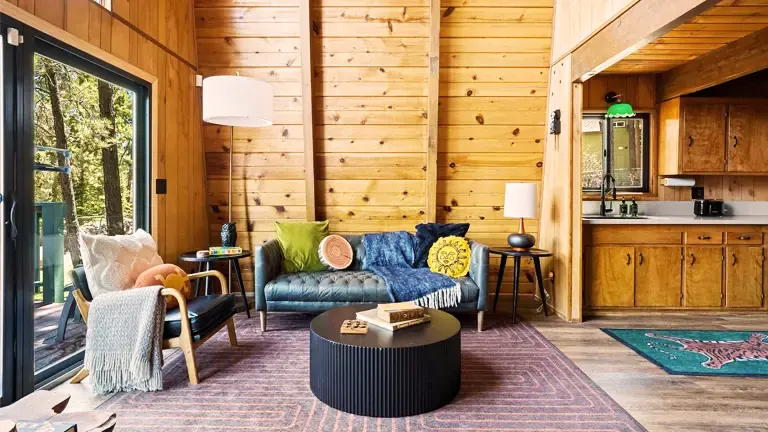
Utilities and Amenities
Connect your cabin to essential utilities such as water, electricity, and sewage systems. Depending on your location, you may need to dig a well, install a septic system, or connect to existing utility lines. Plan for heating and cooling systems that suit your climate and comfort needs. Consider alternative energy sources like solar panels or wind turbines for a sustainable and eco-friendly cabin.
Personal Touches and Landscaping
The final step is to add your personal touches to make your cabin truly feel like home. Furnish the cabin with comfortable and functional furniture, decor, and appliances. Use a combination of natural and artificial lighting to create the desired ambiance. Enhance the surroundings by landscaping with native plants, creating outdoor living spaces, and adding paths or fire pits.
Conclusion
Building a cabin is a rewarding experience that allows you to create a personal sanctuary in nature. By following these steps, you can turn your dream cabin into a reality. Remember to plan and design carefully, select a suitable location, and pay attention to the quality of materials and construction. Seek professional help when needed, especially for structural work and utility installations. Embrace the process and enjoy the journey as you create a cozy retreat where you can unwind, reconnect with nature, and make lasting memories.
Frequently Asked Questions
1. How much does it cost to build a cabin? The cost can vary greatly based on factors such as location, size, materials used, and complexity of the design. On average, it could range anywhere from $125 to $300 per square foot.
2. Do I need a permit to build a cabin? This will depend on the location and size of the cabin. Many jurisdictions require building permits for any structure, while some rural or unincorporated areas may be more lenient. Always check local building codes and regulations before starting your project.
3. Can I build the cabin myself? Yes, you can build a cabin yourself, especially if it’s a small, simple design and you have some construction skills. However, for larger and more complex cabins, it may be more efficient and safer to hire professionals.
4. What kind of foundation does a cabin need? This depends on the size and type of your cabin, as well as local building codes. Options can include a concrete slab, pier, beam, or full basement. A contractor or local building department can advise on what’s best for your situation.
5. What are the best materials to use when building a cabin? This can depend on your aesthetic preferences, budget, and local climate. Common materials include logs, timber frames, and traditional stick framing. Each has its own pros and cons in terms of cost, insulation, maintenance, and appearance.
6. How long does it take to build a cabin? The timeline can vary based on size, complexity, materials, and whether you’re doing it yourself or hiring professionals. A small, simple cabin might take a few weeks to build, while a large, complex one could take several months.
7. What should I consider when choosing a location for my cabin? Consider factors like proximity to amenities, view, exposure to sun and wind, drainage, and any potential hazards like flooding or falling trees. If you plan to use it as a vacation rental, you might also consider proximity to attractions and ease of access for guests.
8. Can I build a cabin off-grid? Yes, many people choose to build cabins off-grid. Consider how you will manage utilities like water, power, and waste. Solar panels, composting toilets, and rainwater collection systems are common off-grid solutions.
9. What type of insulation should I use for a cabin? The type of insulation will depend on your cabin’s construction and your local climate. Spray foam, fiberglass, and rock wool are common options. Your insulation should provide good thermal resistance while also managing moisture.
10. How can I make my cabin more eco-friendly? You can make your cabin more eco-friendly by using sustainable building materials, installing energy-efficient appliances, using renewable energy sources like solar or wind, and considering the cabin’s orientation for optimal natural light and heat.

John Carlos
Forestry AuthorThe beauty of logging isn't just about felling trees. It's about understanding nature, mastering the art of chainsaws, and respecting the environment. I believe in sharing my experiences and knowledge, ensuring that we move towards a sustainable future together.

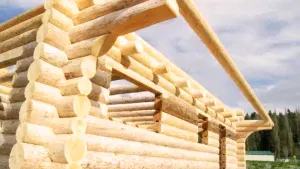
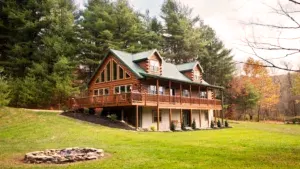
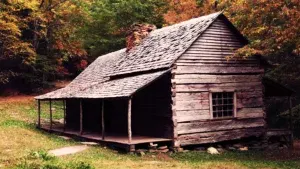
Leave your comment